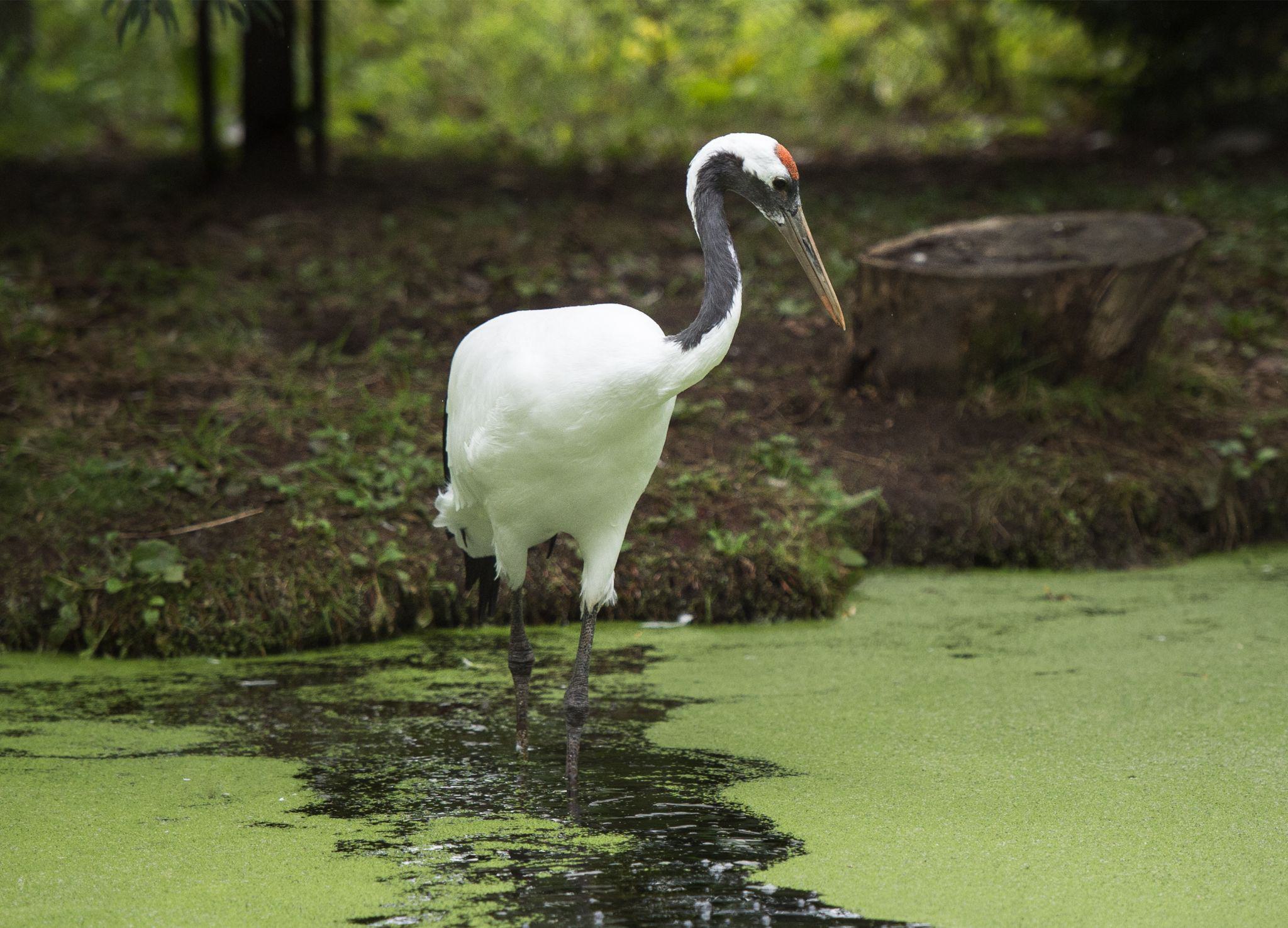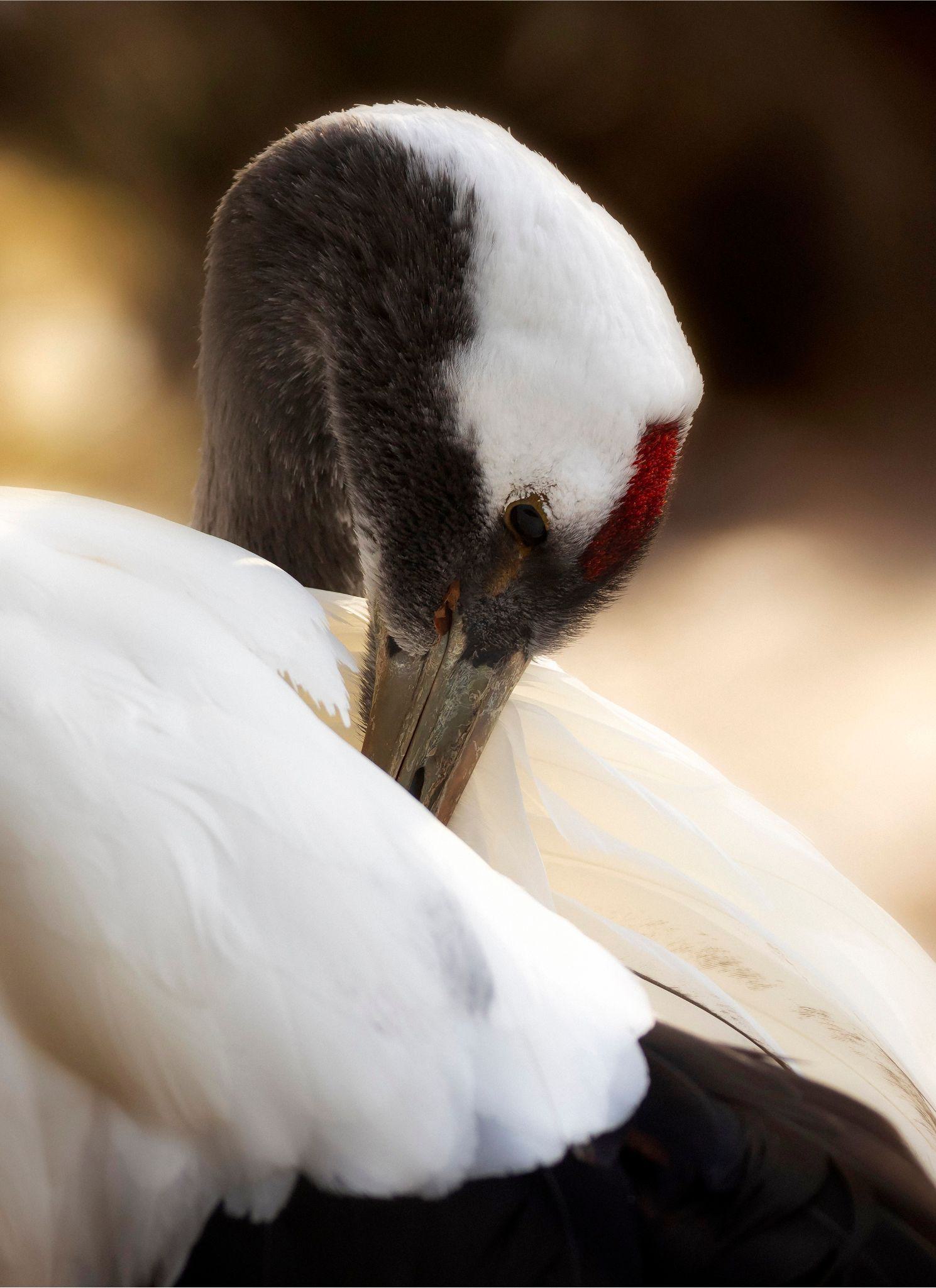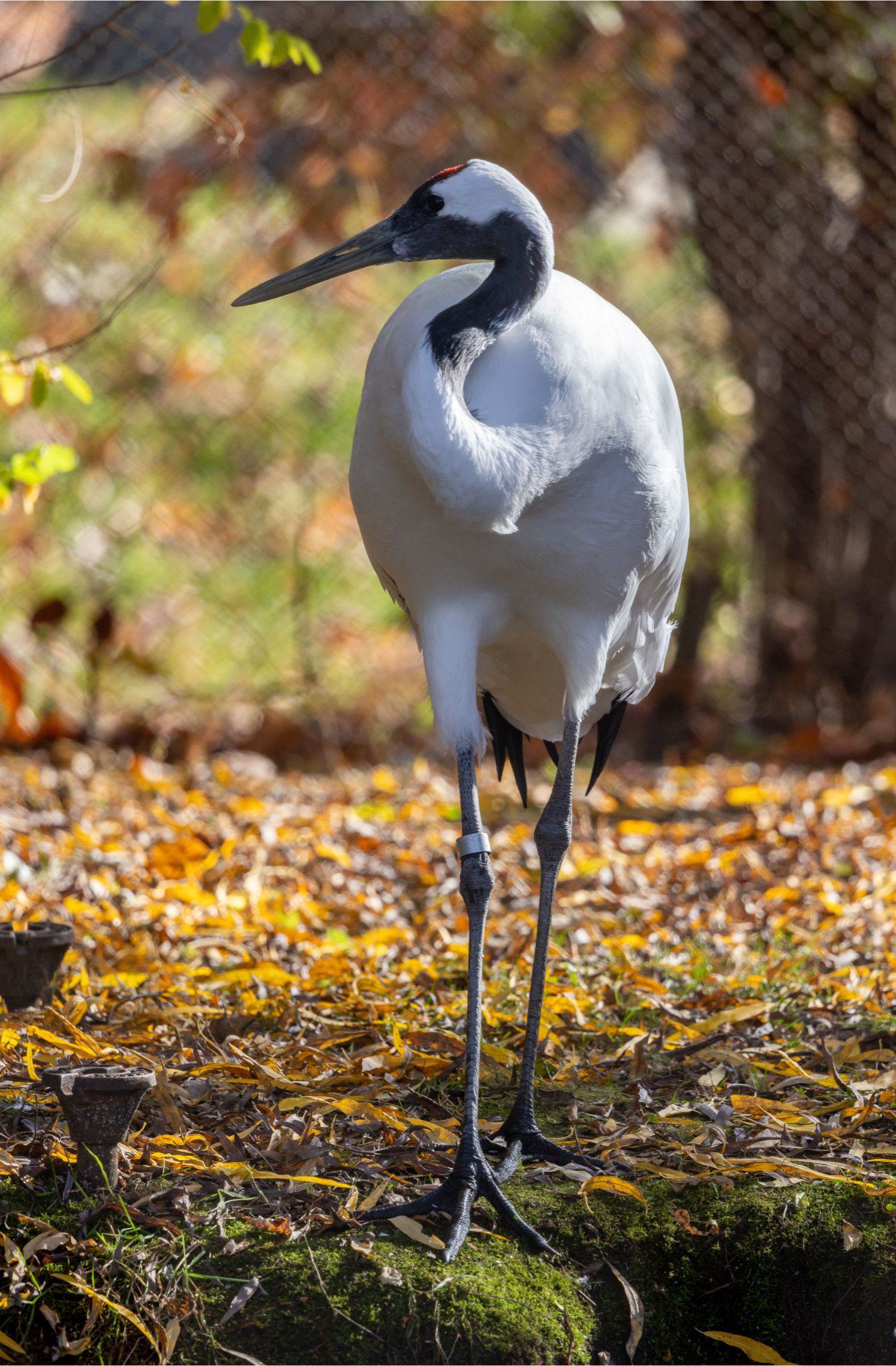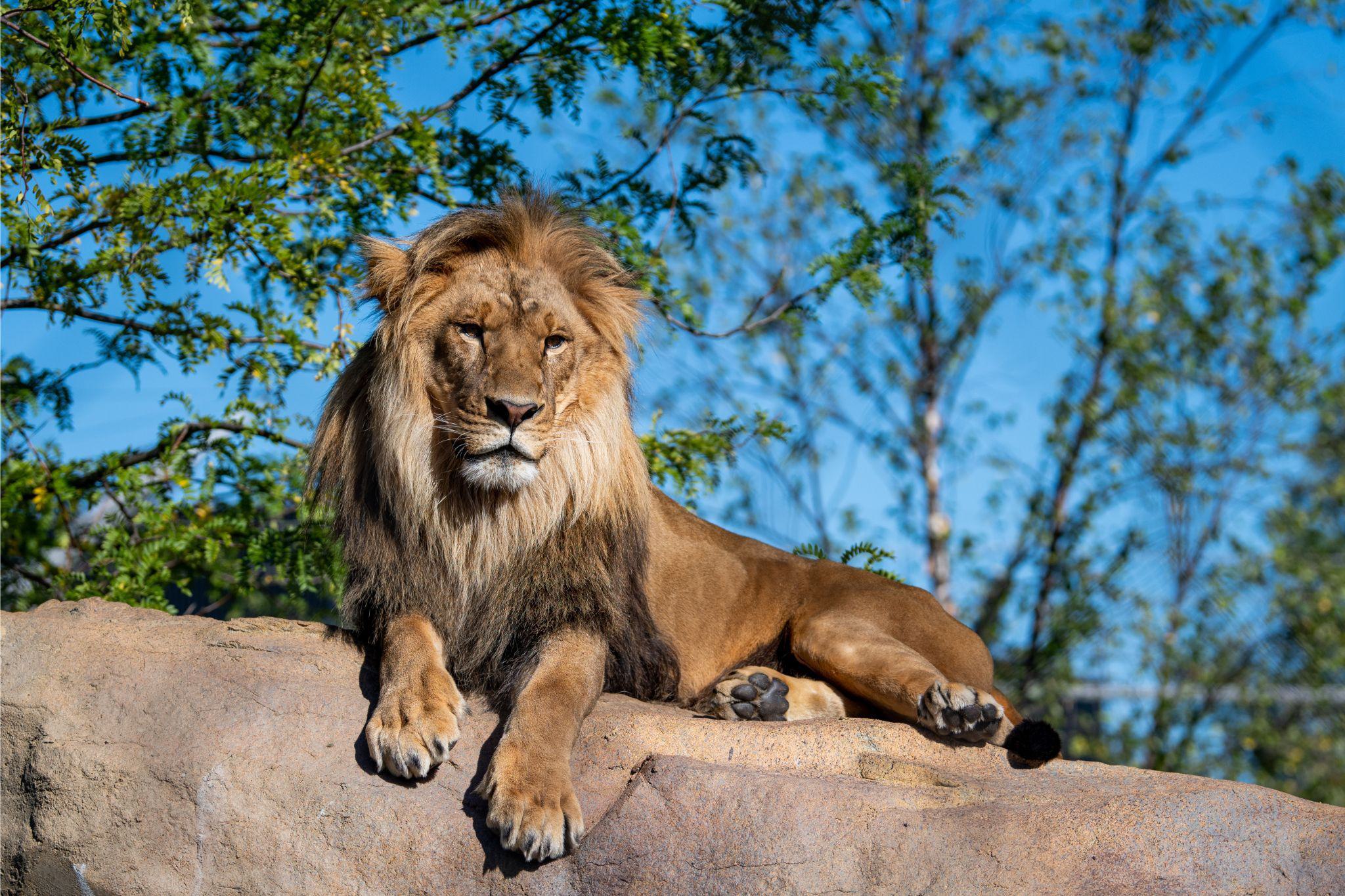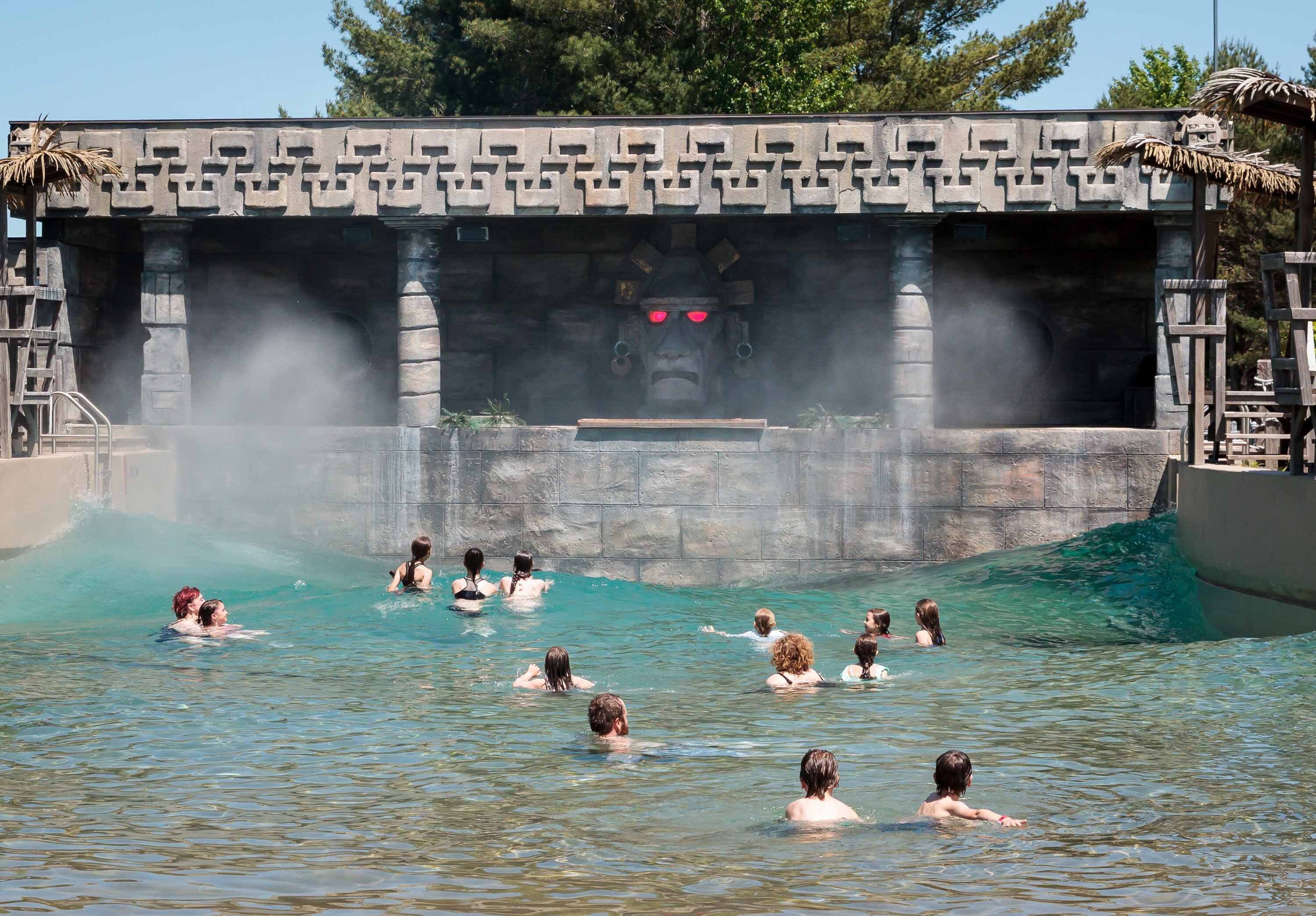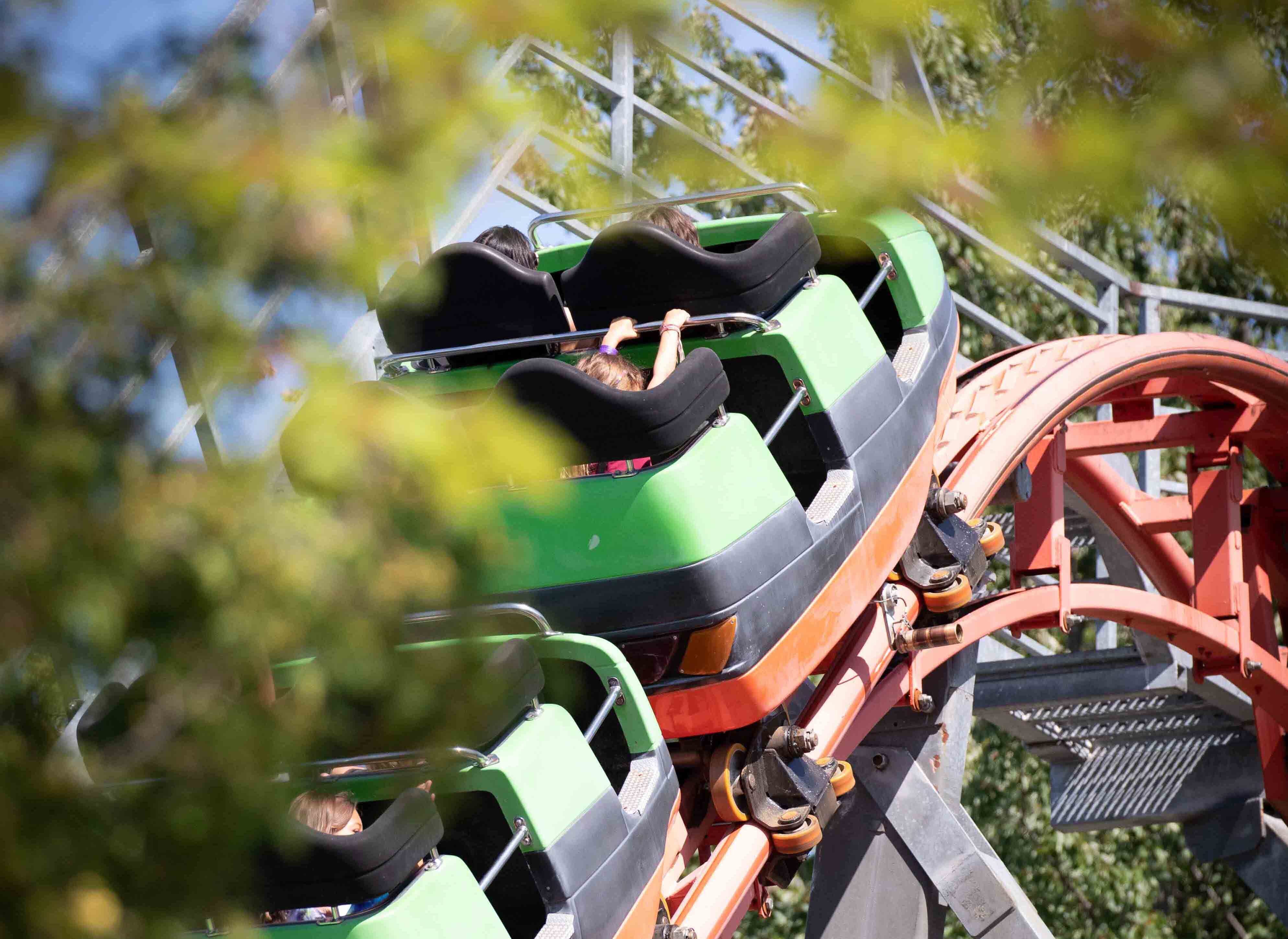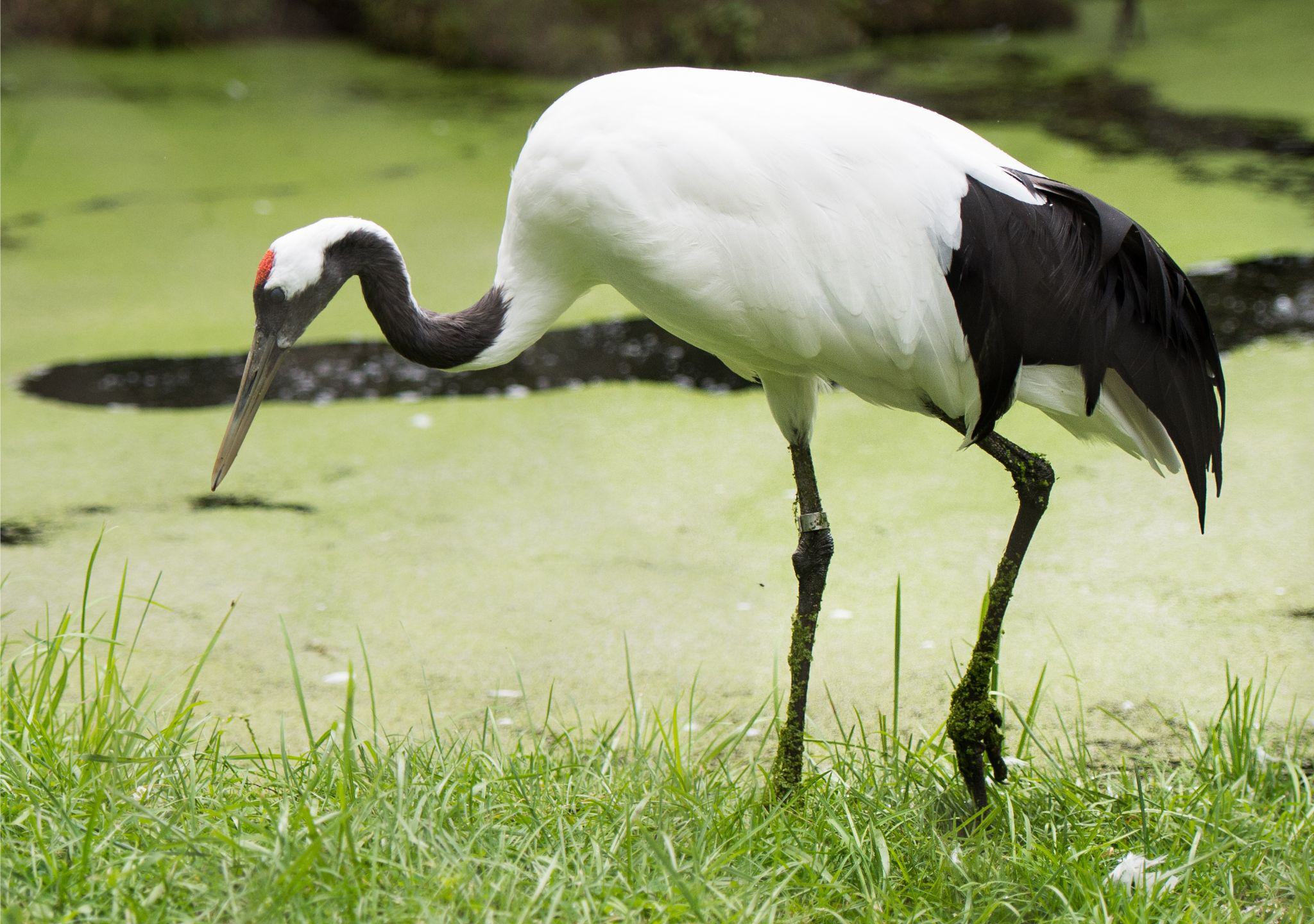
Red-Crowned Crane
Red-Crowned Crane
Distribution
Eastern Russia and China, Japan
Diet
Omnivore
Habitat
Marshes, wetlands and rivers
Latin Name
Grus japonensis
IUCN conservation status
They've been declared a national natural monument in Japan, symbolizing fidelity, luck and love.
Interesting informations



